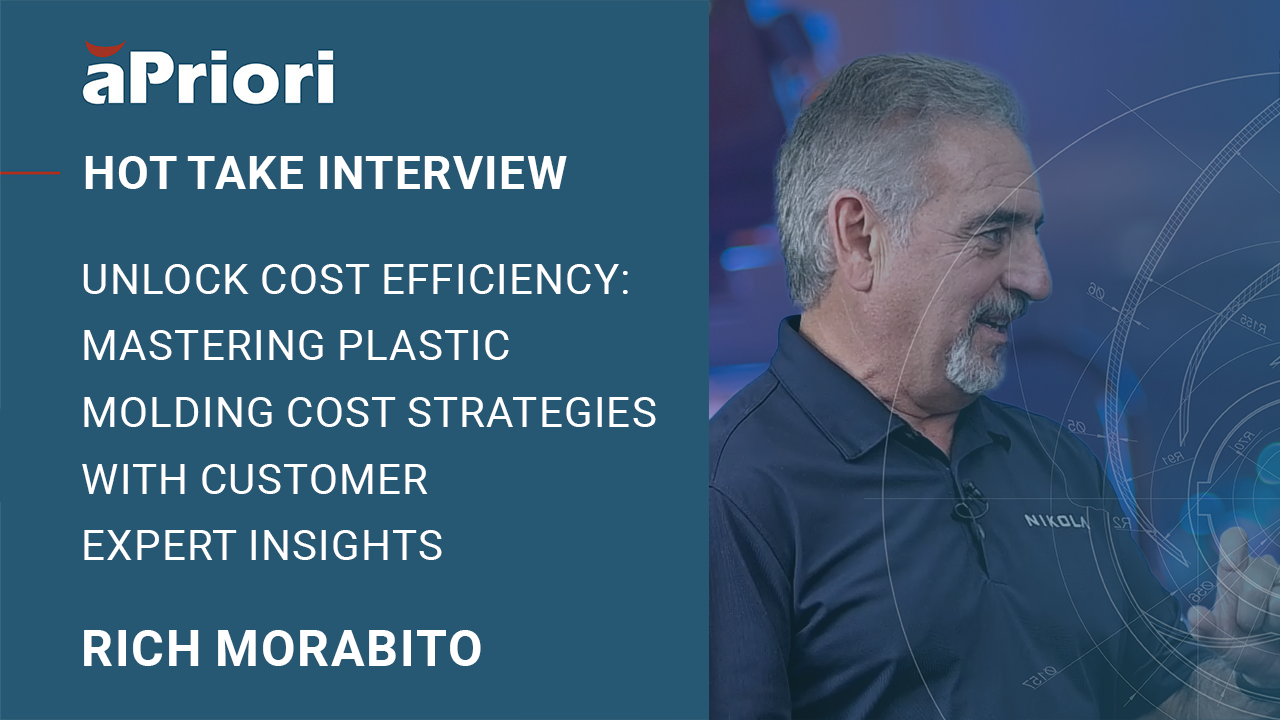aPriori
Forrester’s interview of four aPriori customers quantifies our 603% ROI. Hear why our customers – ranging from aerospace and automotive sectors to industrial and high-tech electronics – rely on aPriori.
20 Years
of better manufacturability & improved costs
$76M+
supplier negotiation savings for customers
$4M
potential savings within 3 months with aPriori
>$100M
expected 5-year savings with aPriori insights
Filter by
Explore our case studies
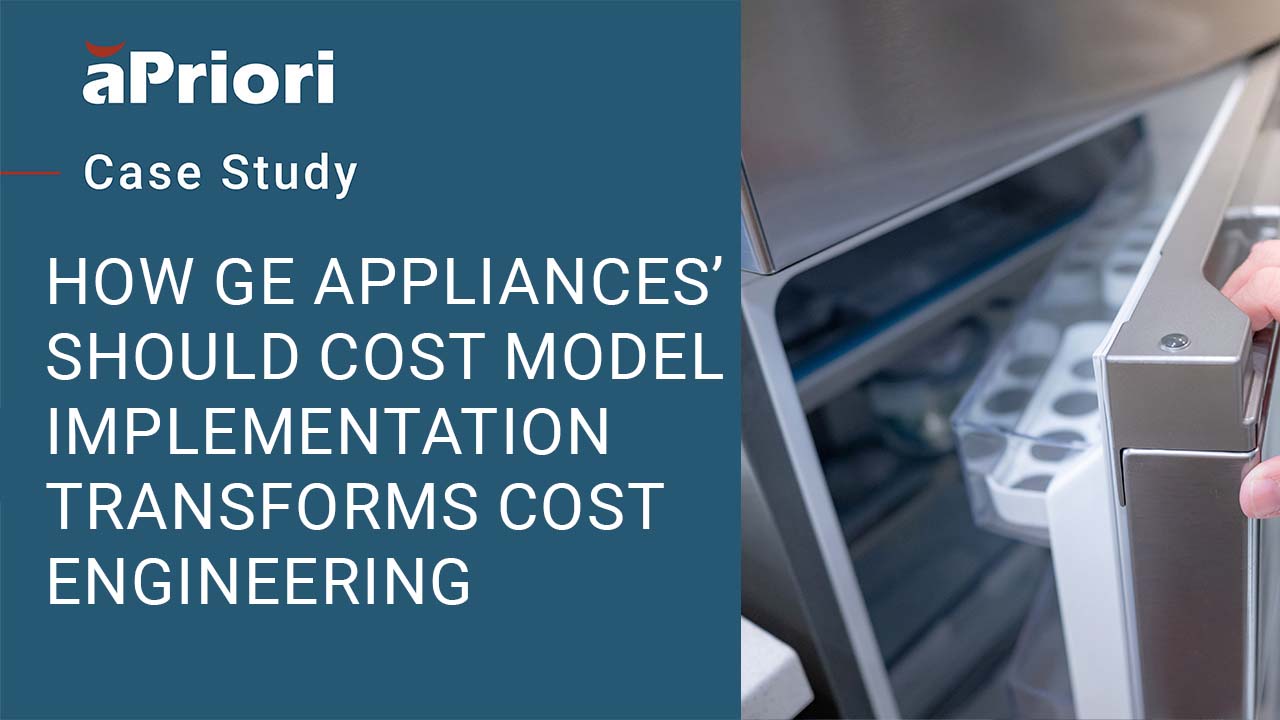
How GE Appliances’ Should Cost Model Implementation Transforms Cost Engineering
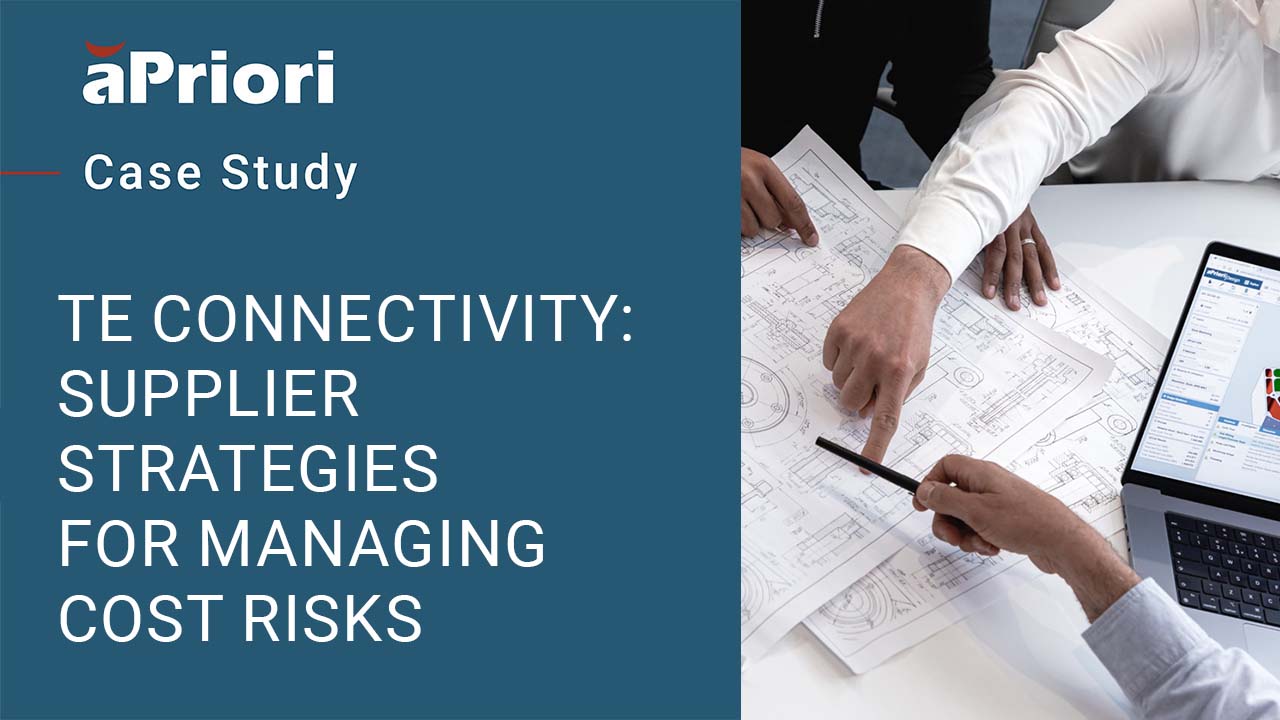
TE Connectivity: Supplier Strategies for Mitigating Risks and Fostering Collaboration
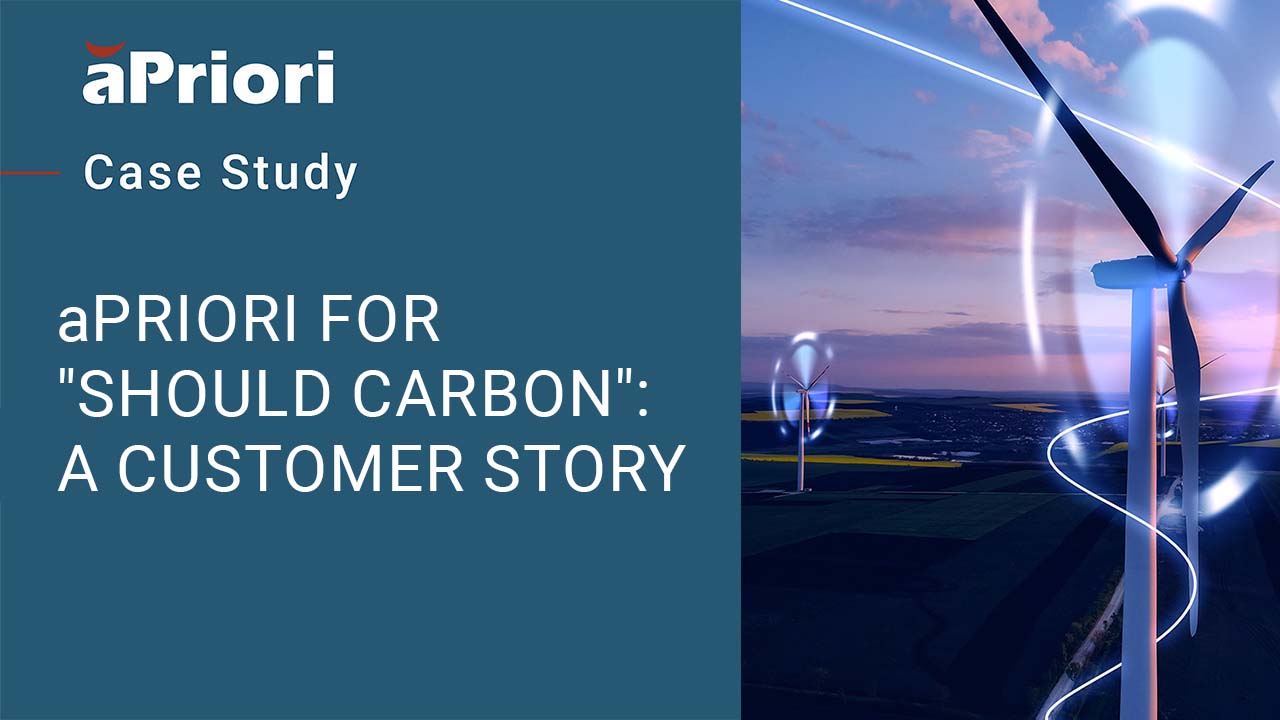
aPriori for Should Carbon: Fuel Cell Energy

How TE Connectivity’s Supplier Relationship Management Drives Savings
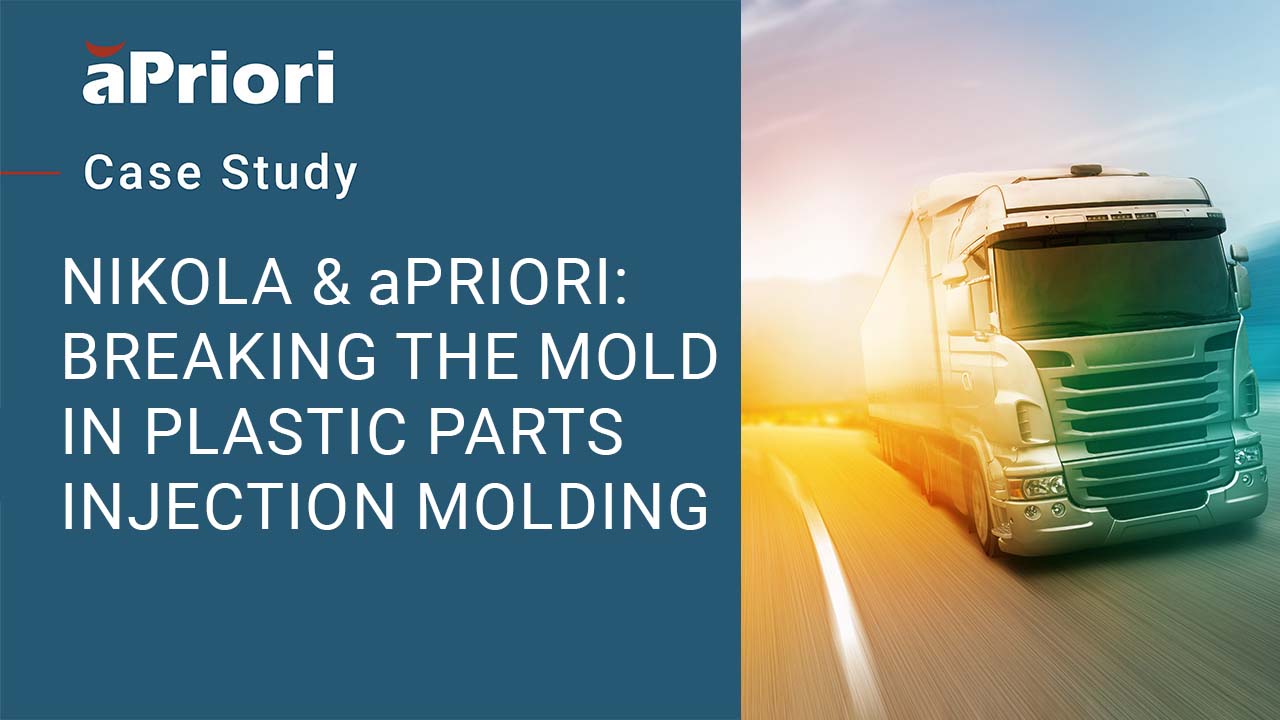
Nikola & aPriori: Breaking the Mold in Plastic Parts Injection Molding
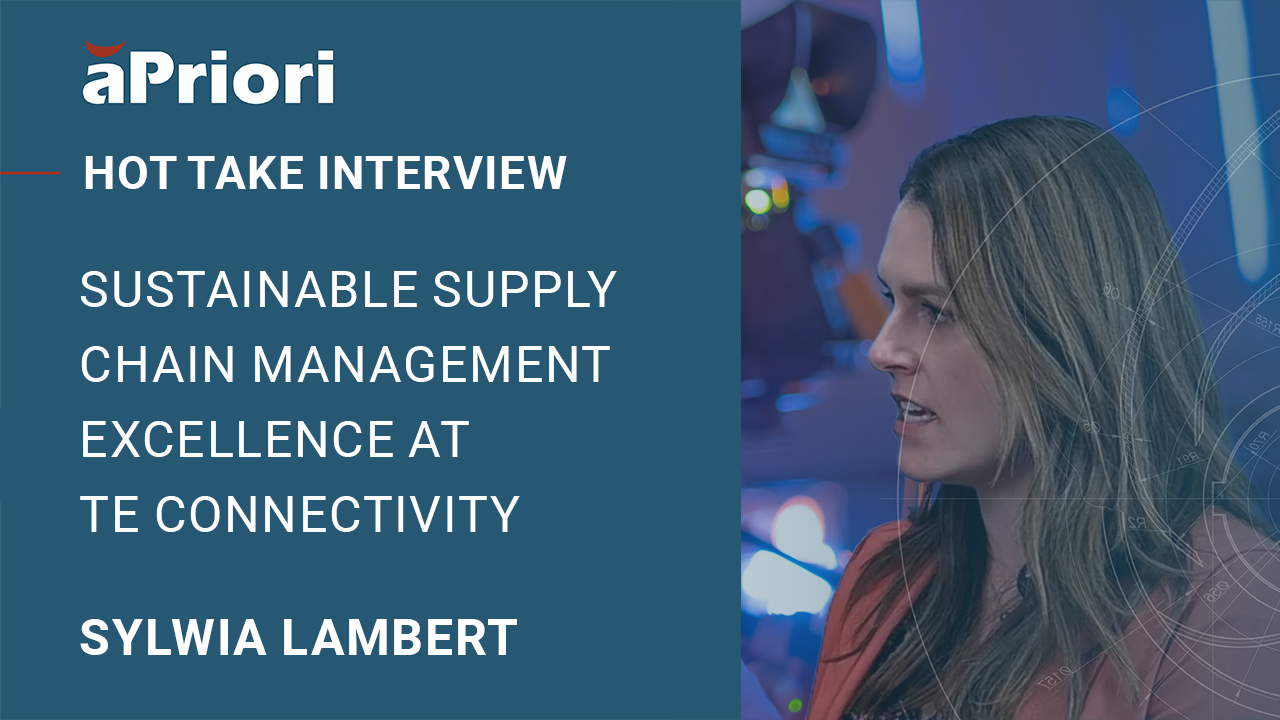
Sustainable Supply Chain Management Excellence at TE Connectivity

Fuel Cell Energy: ESG Advancements in Industrial Manufacturing with ‘Should Carbon’ and aPriori

Industry 4.0 Insights: Driving Innovation at Eaton and Rice University with aPriori
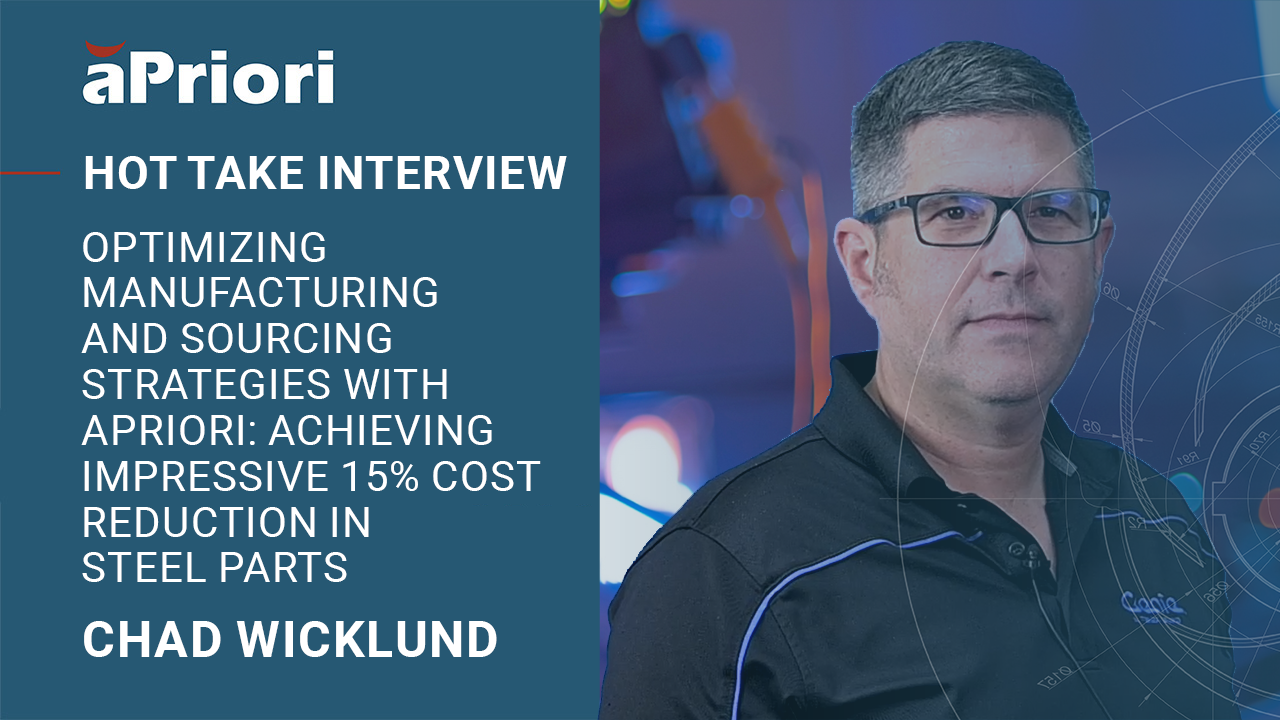
Sourcing and Manufacturing Efficiency: Achieving 15% Cost Reduction in Steel Parts

Cost Mastery with aPriori: Carrier’s Game-Changing Strategy
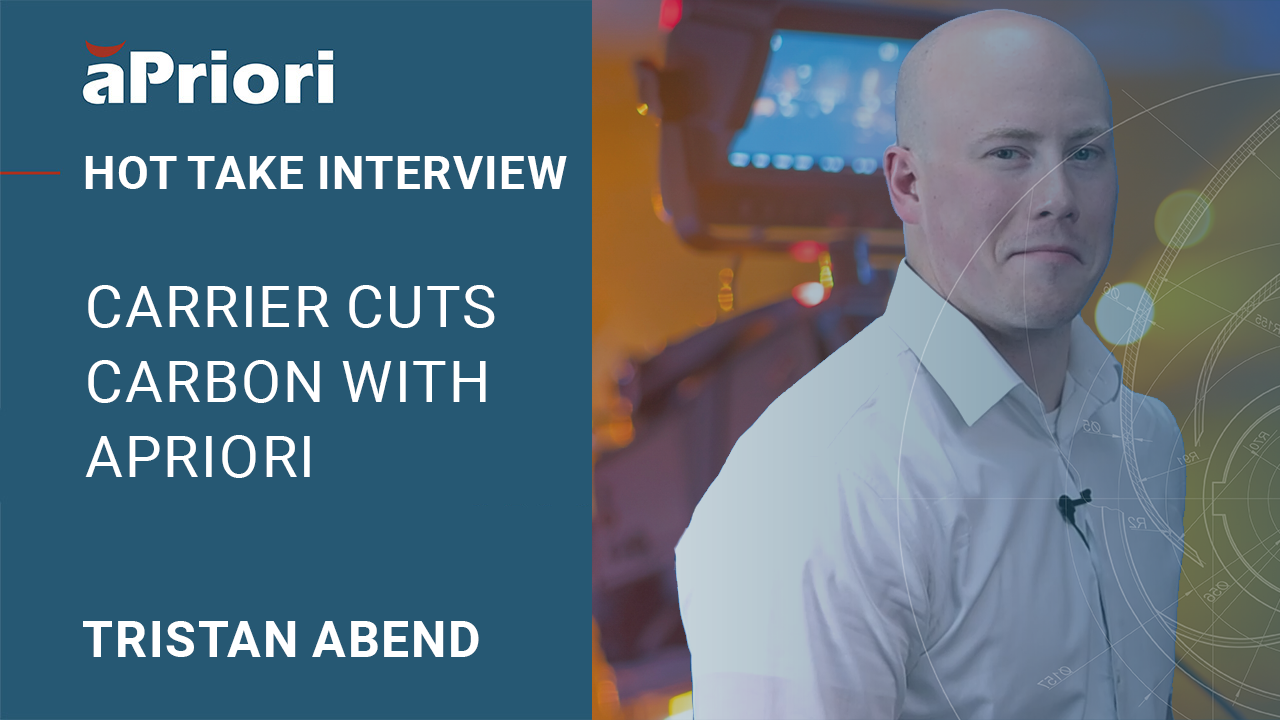
Carrier Cuts Carbon with aPriori
